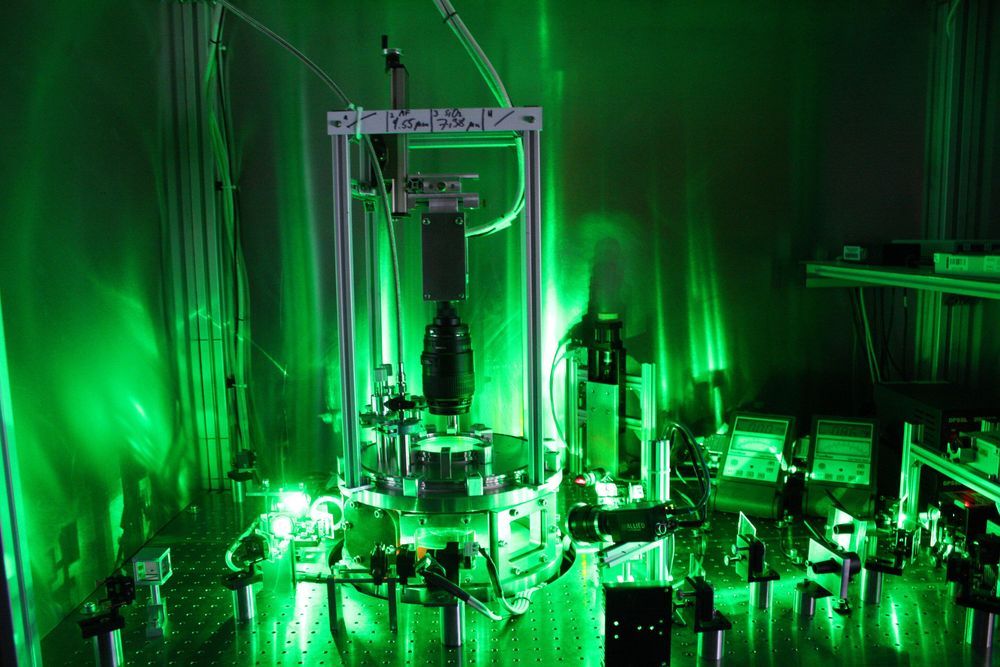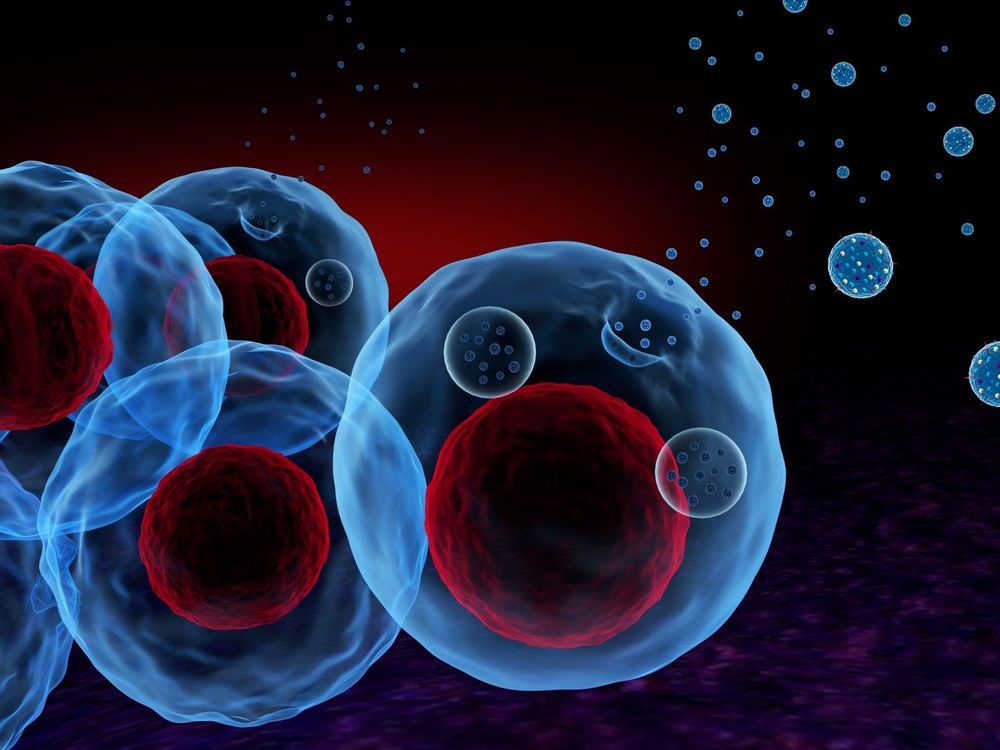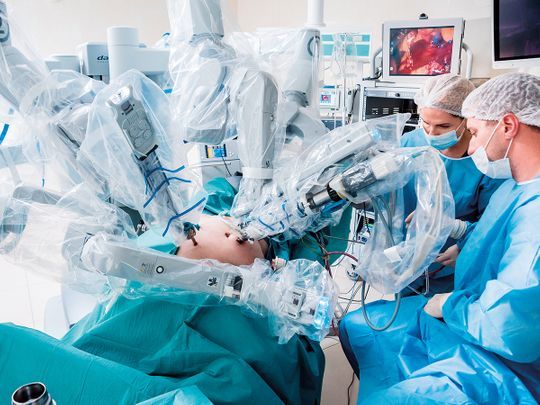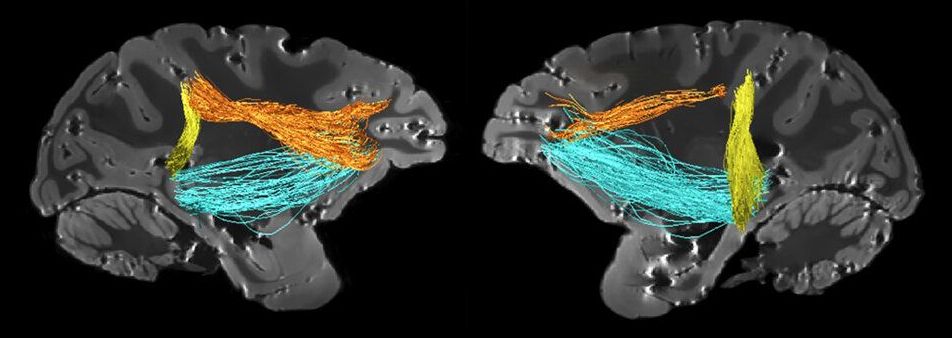For the first time, a lab-grown mini brain has brain waves. Researchers can now launch new ways to study brain disorders. But the question of consciousness in the brain-like organoid could raise concern.



Since the end of the 19th century, physicists have known that the transfer of energy from one body to another is associated with entropy. It quickly became clear that this quantity is of fundamental importance, and so began its triumphant rise as a useful theoretical quantity in physics, chemistry and engineering. However, it is often very difficult to measure. Professor Dietmar Block and Frank Wieben of Kiel University (CAU) have now succeeded in measuring entropy in complex plasmas, as they reported recently in the renowned scientific journal Physical Review Letters. In a system of charged microparticles within this ionized gas, the researchers were able to measure all positions and velocities of the particles simultaneously. In this way, they were able to determine the entropy, as it was already described theoretically by the physicist Ludwig Boltzmann around 1880.
Surprising thermodynamic equilibrium in plasma
“With our experiments, we were able to prove that in the important model system of complex plasma, the thermodynamic fundamentals are fulfilled. What is surprising is that this applies to microparticles in a plasma, which is far away from thermodynamic equilibrium,” explains Ph.D. student Frank Wieben. In his experiments, he is able to adjust the thermal motion of the microparticles by means of a laser beam. Using video microscopy, he can observe the dynamic behaviour of the particles in real time, and determine the entropy from the information collected.

Scientists have developed a new gene-therapy technique by transforming human cells into mass producers of tiny nano-sized particles full of genetic material that has the potential to reverse disease processes.
Though the research was intended as a proof of concept, the experimental therapy slowed tumor growth and prolonged survival in mice with gliomas, which constitute about 80 percent of malignant brain tumors in humans.
The technique takes advantage of exosomes, fluid-filled sacs that cells release as a way to communicate with other cells.

Optogenetics, a tool for controlling neurons with light, has given neuroscientists the ability to flip brain cells on and off more or less at will, revolutionizing neuroscience.
Yet the technique faces a fundamental challenge: To study all but the outermost part of the brain, researchers need to implant fiber optics or other invasive devices to deliver light deep into the brain.
Now, in Proceedings of the National Academy of Sciences, Stanford researchers report that they’ve found a less invasive way to do so: injectable nanoparticles that convert sound waves, which can easily penetrate into the brain, into light.

Researchers at Baylor College of Medicine report today in the journal Neuron evidence that refutes the link between increased levels of herpes virus and Alzheimer’s disease. In addition, the researchers provide a new statistical and computational framework for the analysis of large-scale sequencing data.
About 50 million people worldwide are affected by Alzheimer’s disease, a type of progressive dementia that results in the loss of memory, cognitive abilities and verbal skills, and the numbers are growing rapidly. Currently available medications temporarily ease the symptoms or slow the rate of decline, which maximizes the time patients can live and function independently. However, there are no treatments to halt progression of Alzheimer’s disease.
“Like all types of dementia, Alzheimer’s disease is characterized by massive death of brain cells, the neurons. Identifying the reason why neurons begin and continue to die in the brains of Alzheimer’s disease patients is an active area of research,” said corresponding author Dr. Zhandong Liu, associate professor of pediatrics at Baylor and the Jan and Dan Duncan Neurological Research Institute at Texas Children’s Hospital.

You are invited to Perpetual Life for The Remembrance of the Resurrectables and Age Reversal & Cryonics by Bill Faloon.
Before and After the service, we will celebrate the Remembrance of the Resurrectables in the Sanctuary, A ceremony of remembering all of the patients that are in Cryonic Suspension.
Before the service: Enjoy tasty snacks, networking and conversations on Age Reversal, Cryonics, The Singularity and other topics of interest to all for the quest of an Unlimited Life. Stay afterwards as we have a delicious 5 star dinner reception with speakers.
Bring a friend! Someone that you would like to share news of amazing emerging technologies on Health & Extreme Longevity!
“Our task is to make nature, the blind force of nature, into an instrument of universal resuscitation and to become a union of immortal beings.“
- Nikolai F. Fedorov
We hold faith in the technologies & discoveries of humanity to END AGING and Defeat involuntary Death within our lifetime.

As you read this line, you’re bringing each word into clear view for a brief moment while blurring out the rest, perhaps even ignoring the roar of a leaf blower outside. It may seem like a trivial skill, but it’s actually fundamental to almost everything we do. If the brain weren’t able to pick and choose what portion of the incoming flood of sensory information should get premium processing, the world would look like utter chaos—an incomprehensible soup of attention-hijacking sounds and sights.
Meticulous research over decades has found that the control of this vital ability, called selective attention, belongs to a handful of areas in the brain’s parietal and frontal lobes. Now a new study suggests that another area in an unlikely location—the temporal lobe—also steers the spotlight of attention.
The unexpected addition raises new questions in what has long been considered a settled scientific field. “The last time an attention controlling area was discovered was 30 years ago,” says Winrich Freiwald, head of Rockefeller’s Laboratory of Neural Systems, who published the findings in the Proceedings of the National Academy of Sciences. “This is a fundamental discovery that might require a rethinking of old concepts about attentional control.”

Scientists have created contact lenses which allow the wearer to shoot lasers from their eyes like Superman.
The ultra-thin membranes are placed on the iris and produce a green beam which can shine up to 20 inches from the eye.
Scientists said the beam of light could be used to help in a medical setting or to check for counterfeit banknotes.
